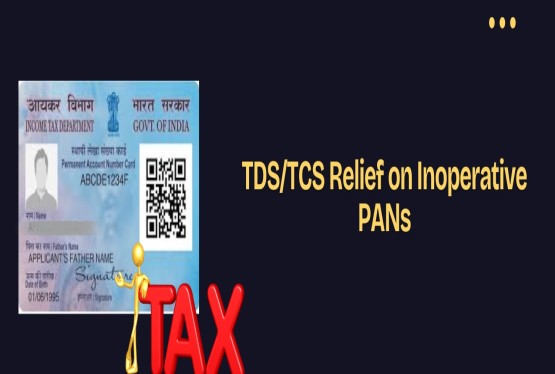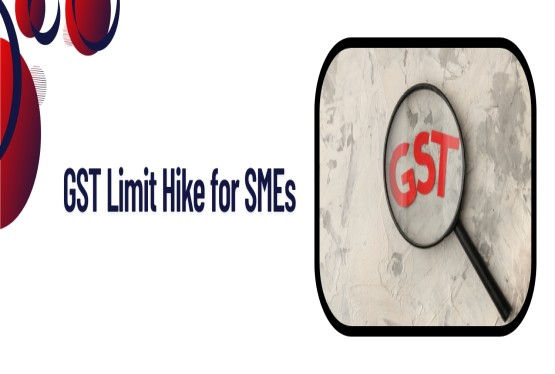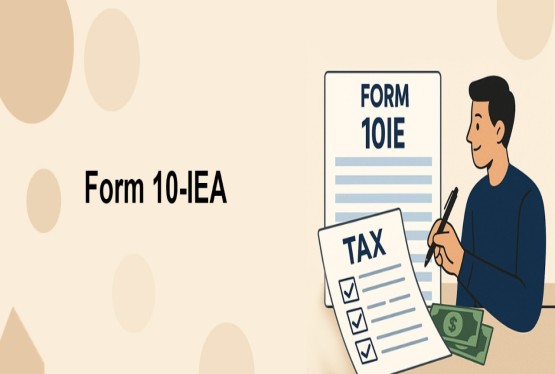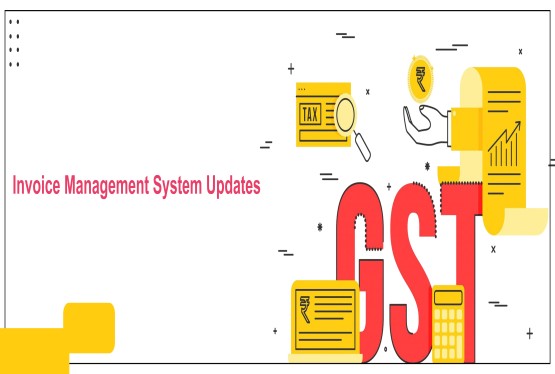The Goods and Services Tax (GST) is a unified indirect tax system that applies to the supply of goods and services across India. To ensure consistency and uniformity in the classification and taxation of goods and services, the Central Board of Indirect Taxes and Customs (CBIC) introduced two standardised code systems: HSN (Harmonized System of Nomenclature) for goods and SAC (Service Accounting Code) for services. In this article, we will explore the meaning, structure, use, and importance of the Service Accounting Code (SAC) under GST.
What is the Service Accounting Code (SAC) in GST?
The SAC code stands for Service Accounting Code, which is used to classify various services under the GST regime. SAC codes are assigned to all services rendered within India, enabling service providers to classify the nature of their service for tax purposes. Each SAC code helps determine the appropriate GST rate applicable to a particular service and ensures proper compliance with tax regulations.
The SAC system is based on the United Nations Central Product Classification (UNCPC), which the CBIC has adapted to suit the Indian tax structure. By using SAC codes, service providers can easily classify their offerings under GST, and the government can track revenue collections more efficiently.
Structure of the SAC Code Under GST
A SAC code under GST is a six-digit number, where:
-
The first two digits are always "99," representing services (as services fall under Chapter 99).
-
The next two digits indicate the major nature or category of the service.
-
The final two digits define the specific or sub-category of the service.
For example, SAC Code 995411 can be broken down as:
-
99: Represents services.
-
54: Refers to construction services.
-
11: Refers to general construction services of residential buildings.
This system allows for a granular classification of services, making it easier for businesses to report and for the government to analyse.
Difference Between SAC Code and HSN Code
While both SAC and HSN codes serve the purpose of classifying taxable items under GST, their application is different.
SAC codes are meant for classifying services, while HSN codes are used for classifying goods. SAC codes are adapted from the UNCPC system and consist of six digits, whereas HSN codes are based on the World Customs Organization (WCO) nomenclature system and consist of eight digits in India.
Let us understand this with examples:
-
SAC Code 998314 refers to IT design and development services. The first two digits "99" represent services, "83" indicates IT services, and "14" refers to design and development services.
-
HSN Code 62011210 is for cotton raincoats. The first two digits "62" represent apparel and clothing, "01" is for men's overcoats, "12" for cotton raincoats, and "10" specifies cotton raincoats particularly.
These distinctions are crucial for service providers and manufacturers to comply correctly under GST.
What is the SAC Number in GST?
The SAC number, or SAC code, is a six-digit numerical identifier for services. Since Chapter 99 covers all services, the first two digits of any SAC number are always "99." The following digits help identify the major and specific nature of the service.
For instance, in SAC Code 998314:
-
99: Indicates services
-
83: Represents the broad category, i.e., IT services
-
14: Specifies the detailed service, i.e., software design and development
This number must be accurately mentioned on tax invoices, GST returns, and during registration to comply with GST rules.
Uses and Importance of SAC Codes Under GST
SAC codes serve several vital purposes under the GST framework:
-
Service Identification: Each SAC code uniquely identifies a service, making it easier to classify, track, and report the supply of services.
-
GST Rate Determination: The GST rate applicable to a particular service is determined based on its SAC code. Services are taxed under slabs of 0%, 5%, 12%, 18%, and 28%. If a service is not explicitly listed, it typically attracts the standard GST rate of 18%.
-
GST Registration: During GST registration, service providers must specify the SAC codes corresponding to their offerings. This helps tax authorities understand the nature of the business.
-
Tax Invoicing: Invoices raised for services must mention the appropriate SAC code. This ensures transparency in tax documentation and enables clients to understand the applicable GST rate.
-
GST Return Filing: While filing GST returns (such as GSTR-1), businesses must report services using their SAC codes. This enables systematic tax collection and reduces classification errors.
Is it Mandatory to Mention SAC Code in GST Invoice?
Yes, mentioning SAC codes in invoices is mandatory for service providers, especially when their aggregate turnover exceeds Rs. 5 crore in a financial year.
-
For businesses with a turnover above Rs. 5 crore, it is mandatory to use all six digits of the SAC code in both invoices and GST returns.
-
For businesses below this threshold:
-
For B2B transactions: 4-digit SAC codes are mandatory.
-
For B2C transactions: 4-digit SAC codes are optional.
-
For supplies to unregistered persons: Mentioning SAC codes is not necessary.
Failure to comply with these rules can attract penalties of up to Rs. 50,000 under the GST laws (Rs. 25,000 each under CGST and SGST).
Length of SAC Code in GSTR-1 and Invoice Reporting
To bring uniformity and improve reporting accuracy, the government has issued specific requirements regarding the use of SAC codes:
As per Notification No. 78/2020-Central Tax (Rate), dated 10th November 2020:
-
Businesses with turnover above Rs. 5 crore must use the 6-digit SAC code on all invoices and while filing GSTR-1.
-
For businesses below Rs. 5 crore turnover:
-
B2B supplies require 4-digit SAC codes.
-
B2C supplies can optionally include 4-digit SAC codes.
-
For B2C transactions with unregistered customers, SAC code usage is not mandatory.
Consequences of Non-Compliance
Businesses failing to adhere to SAC code reporting requirements are liable to face penalties. Non-compliance can lead to:
-
Penalty of Rs. 25,000 under CGST Act
-
Penalty of Rs. 25,000 under SGST Act
-
Total penalty of Rs. 50,000 under IGST Act
This makes it essential for service providers to ensure accurate and timely inclusion of SAC codes in all GST-related filings.
Conclusion
The Service Accounting Code (SAC) under GST is an important tool for classifying and taxing services in India. It allows both businesses and the government to maintain clarity, transparency, and accuracy in tax compliance. SAC codes ensure correct GST rates are applied, help in streamlined registration and invoicing, and support accurate return filing. Understanding SAC codes and using them correctly in your GST documentation is necessary for any service-based business operating in India. With the right knowledge and compliance practices, service providers can avoid penalties and ensure smooth operations under the GST framework.
If you're unsure about which SAC code applies to your services or how to report it accurately, it's advisable to consult professionals like Compliance Calendar LLP. Their experts can guide you through GST registration, GST return filing, invoicing, and other related services with ease and accuracy.
FAQs
Q1. What is the SAC Code in GST?
Ans. SAC stands for Service Accounting Code. It is a 6-digit number used to classify services under the GST system in India. The SAC system ensures uniformity in taxation for services by assigning a unique code to each type of service.
Q2. Is SAC code mandatory for all invoices?
Ans. Yes, for businesses with a turnover above Rs. 5 crore, the 6-digit SAC code must be mentioned on all invoices. For businesses below Rs. 5 crore, 4-digit SAC codes are mandatory for B2B invoices, while it is optional for B2C.
Q3. How are SAC codes different from HSN codes?
Ans. SAC codes classify services, while HSN codes are used for goods. SAC codes are based on the UNCPC classification, whereas HSN codes follow the WCO classification system. SAC has 6 digits, while HSN usually has 8 digits in India.
Q4. Where can I find the SAC code applicable to my service?
Ans. The complete list of SAC codes is available on the CBIC and GSTN websites. You can also refer to service-wise SAC code lists published by the government for easy classification.
Q5. What happens if I mention the wrong SAC code?
Ans. Mentioning an incorrect SAC code can lead to incorrect tax classification, GST mismatches, notices from the GST department, and penalties. It is crucial to verify the correct code before use.
Q6. Do I need to mention the SAC code during GST registration?
Ans. Yes, SAC codes must be selected while registering for GST as a service provider. This helps define the nature of services offered and ensures accurate tax compliance.
Q7. What is the default GST rate if a SAC code is not listed?
Ans. If a service is not explicitly listed under SAC codes, it attracts a default GST rate of 18%. Service providers must classify such services carefully to avoid misreporting.








_crop10_thumb.jpg)




































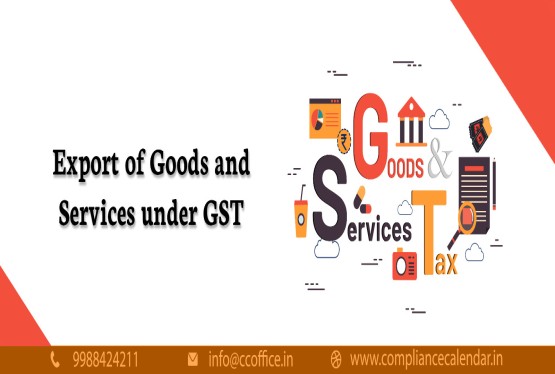













































_for_FY_2025-26_crop10_thumb.jpg)



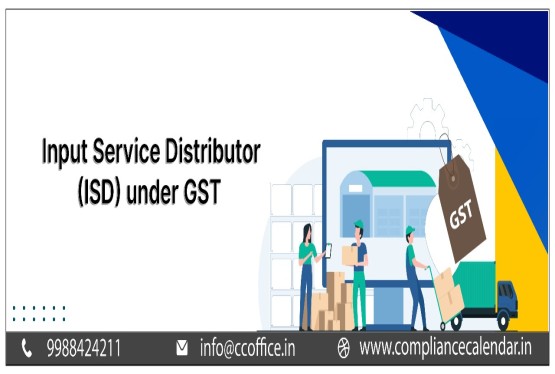








_learn_crop10_thumb.jpg)








_Filing_Due_Dates_for_FY_2024-25_learn_crop10_thumb.jpeg)


























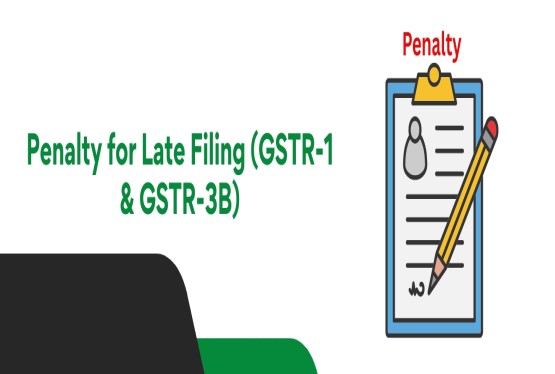












_of_GST_Act_learn_crop10_thumb.jpg)









_Under_GST_learn_crop10_thumb.jpg)









_crop10_thumb.jpg)


_crop10_thumb.jpg)






_learn_crop10_thumb.jpg)






















_of_the_Income_Tax_Act_learn_crop10_thumb.jpg)



_learn_crop10_thumb.jpg)






_learn_crop10_thumb.jpg)






_crop10_thumb.jpg)




















_in_The_Income_Tax_Act,_1961_learn_crop10_thumb.jpg)



_learn_crop10_thumb.jpg)



_of_the_Income_Tax_Act_learn_crop10_thumb.jpg)

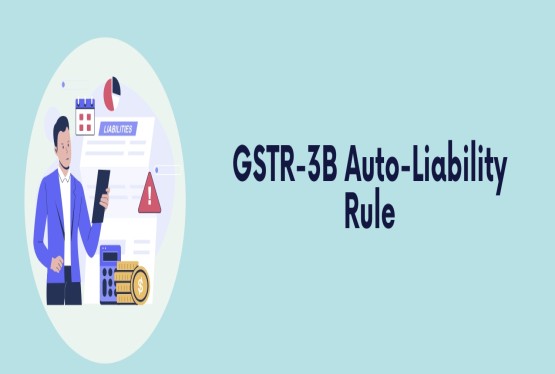
_Of_Income_Tax_Act_learn_crop10_thumb.jpg)








_learn_crop10_thumb.jpg)








_learn_crop10_thumb.jpg)
_crop10_thumb.jpg)

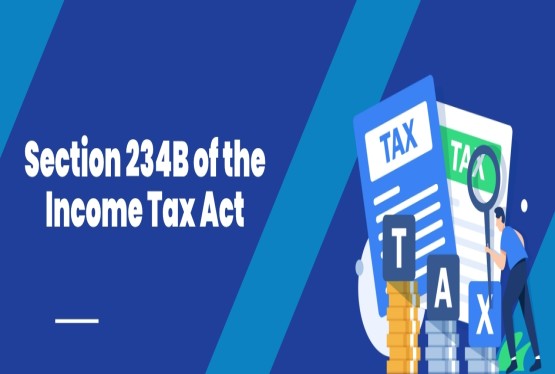




















_learn_crop10_thumb.jpg)
_for_Import_and_Export_learn_crop10_thumb.jpg)











